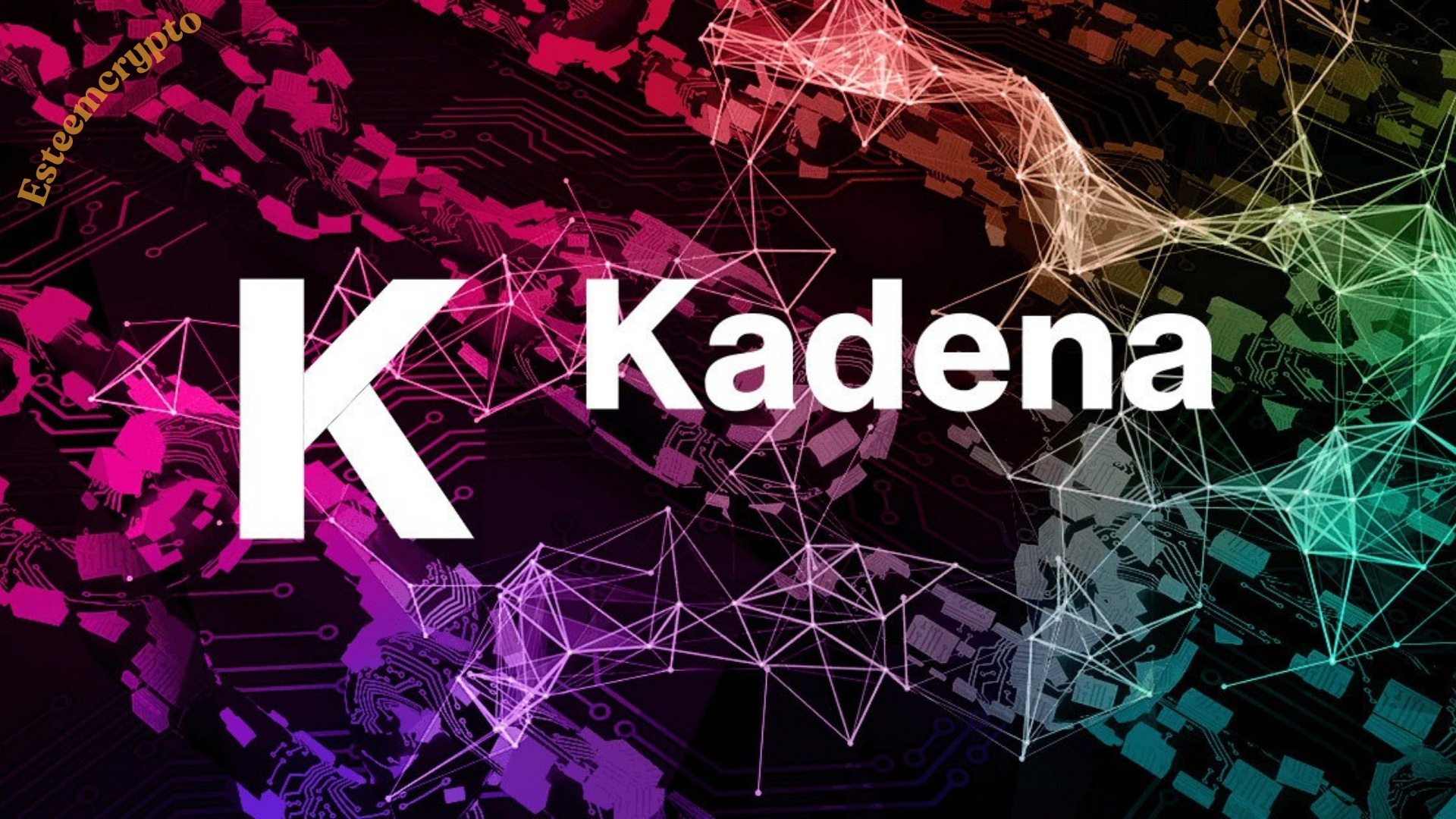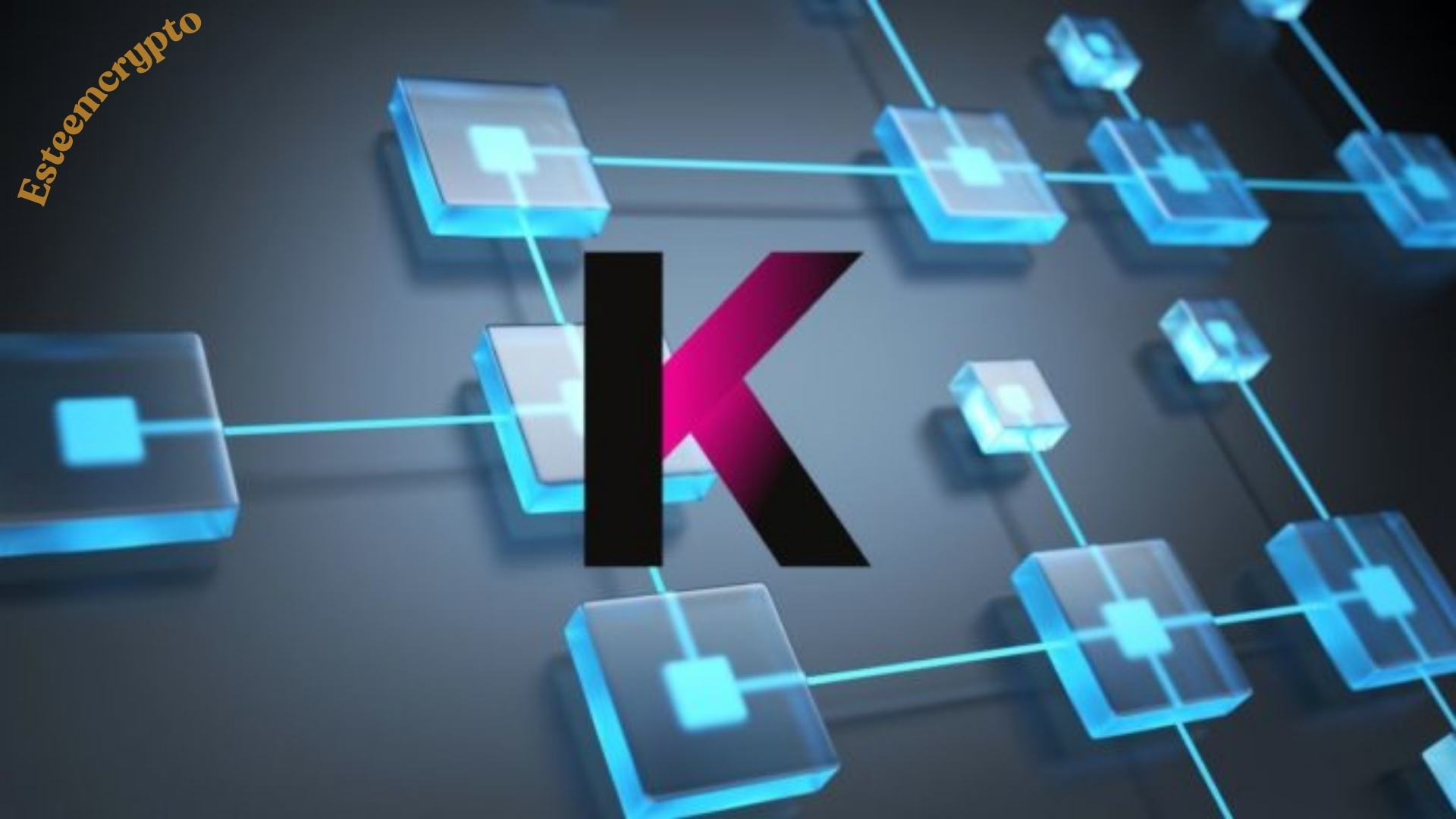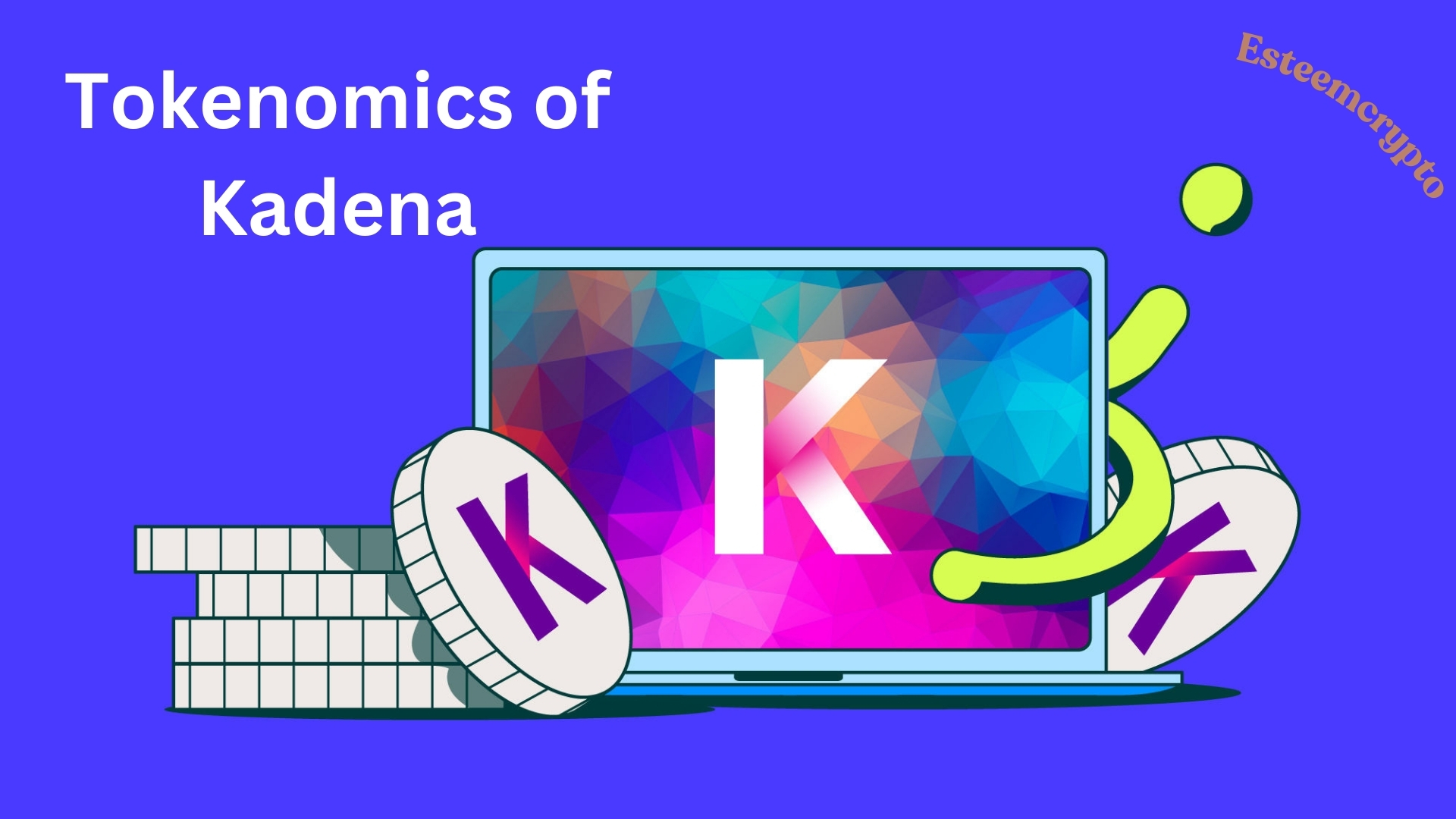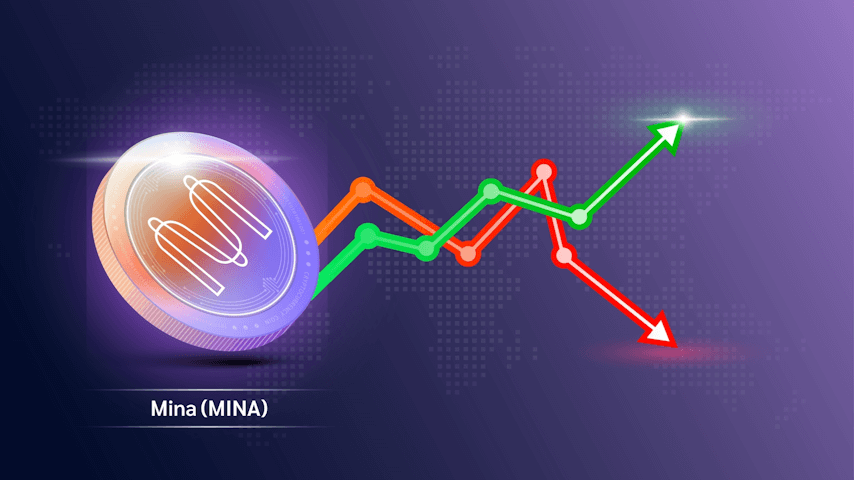Kadena Blockchain (KDA): An Ultimate Guide By Esteemcrypto

Kadena Blockchain (KDA). The widespread use of blockchain technology has caused its popularity to skyrocket. While this is happening, worries about blockchain security have changed as well. Thinking about how blockchain technology can guarantee security is essential because cryptographic security is one of the leading value propositions of blockchain technology. Using blockchain technology to solve the need for security is crucial to the Kadena blockchain mission.
It could guarantee features of the Proof of Work consensus algorithm, which has long protected Bitcoin. It brings up the issue of energy efficiency in blockchain network operations again. An in-depth overview of Kadena and its notable contributions will give you a trustworthy response. In this essay, some frequently asked questions about Kadena and its relevance have straightforward answers.
Problem with Mass Adoption
A summary of the problems with mass adoption is a good place to start when introducing Kadena. Problems, including price volatility, usability challenges, and scams, should be highlighted in the basics of the Kadena blockchain explained for beginners. The inability to scale has been a significant obstacle to the widespread use of blockchain technology and cryptocurrencies. The network’s capacity to manage an influx of users directly correlates to the Bitcoin adoption rate. Its transactions’ finality can broadly define a blockchain’s scalability.
Users may have unfavorable experiences due to slower transaction speeds and longer transaction finality times. One of the main reasons Ethereum moved to the Proof of Stake consensus process was the potential for low scalability, which would result in increased fees. The solution to the scalability problem would center on the “How does Kadena blockchain work?” questions.
Decentralization, scalability, and security are incompatible goals for blockchain networks. Take Bitcoin as an example; it has excellent decentralization and security features, but it can’t scale very well. In contrast, the Proof of Stake consensus mechanism is a critical component of emerging blockchain networks, which offer scalability and decentralization. Nevertheless, security is an area where such blockchain networks must make concessions.
Definition of Kadena
Kadena was built on top of the blockchain trilemma problem. The founders’ original intent was to bring about a sea change in chain technology and how it interacted with the corporate world. Kadena gave companies the means to reap the benefits of blockchain technology using a proprietary chain architecture. Since it is the first layer-1 (L1) blockchain, Kadena can provide long-term answers to scaling issues. In addition to the advantages of decentralization, Kadena provides security through Proof of Work consensus.
The benefit of scalability may not be immediately apparent. Kadena differs from Bitcoin in its architecture, which uses a Proof of Work consensus mechanism to organize numerous parallel blockchains. Without sacrificing security or decentralization, the consensus could help increase throughput while simultaneously fixing the scaling problems.
Unique Highlight of Kadena
The responses to “How does Kadena blockchain work?” should be reviewed to highlight the multi-chain architecture based on the consensus on Proof of Work. “Chainweb” is the architecture name that allows for scaling to nearly 480,000 transactions per second. Approximately twenty chains can run on the network at once, which aids in meeting emerging scalability requirements.
With a TPS of 15–25, Kadena is light years ahead of Bitcoin and Ethereum, which only manage 7 and 15–25, respectively. Smart contracts, which allow for cross-chain interoperability, are how Kadena improves scalability. Even though network demand constantly increases, Chainweb can guarantee energy efficiency using numerous blockchains based on Proof of Work.
Working of Kadena

The Kazena KDA network’s operation includes more than just the Chainweb. Both layers can support the scalability requirement; the second layer contains a private blockchain called Kuro. In a multiple-braided chain strategy, both blockchains collaborate. Sharding transactions allows Chainweb to scale.
But if you know Kadena’s design inside and out, you’ll be able to see how each layer and chain contributes. The intricate layout can help merge the Proof of Work mining paradigm with the required degree of anonymity. Here is a rundown of the main features of Kadena’s design.
Chainweb
The Kadena blockchain, which supports twenty different chains, revolves around Chainweb. The twenty chains comprising Chainweb communicate with one another to power the Kadena chain.
Kadena Blockchain (KDA): Sharding, the process by which Chainweb operates, distributes the load among twenty chains. As a result, customers could establish their accounts on a less-congested chain, resulting in cheaper transactions. Also, to make sure that different chains can communicate with each other, Chainweb provides the SPV intelligent contract protocol, which stands for Simple Payment Verification.
Chainweb’s comprehension of the layer one public blockchain architecture highlights the benefits of interoperability. Chainweb has demonstrated its network’s resilience and efficiency by undergoing several stress tests at 8000 TPS. The code for Chainweb is also constructed using Haskell, the language used to develop the Cardano blockchain.
Layer 2 Blockchain
If you’re new to the Kadena blockchain and want to know how it all works, the best place to start is with the layer-2 solution, Kuro. This blockchain is designed specifically for commercial applications that utilize smart contracts; it is private. Businesses that wish to transmit confidential transactions without disclosing client data can benefit significantly from Layer 2 on Kuro or Kadena.
In addition, Kuro makes it easier to conduct decentralized coin swaps on the Kadena network, which is a huge plus. Like Ethereum, gas fees are associated with Kuro chain transactions; however, Kadena has devised a novel way around this problem. The Gas Stations 2020, developed by Kadena, assists in covering the switch fees, allowing for transactions to be fee-free.
Pact
The function of Pact, the intelligent contract programming language, makes it an essential highlight of any Kadena handbook. The development of DeFi ecosystems in Kadena is the primary motivation behind its creation. The Kadena blockchain stands apart from the crowd thanks to Pact, a Turing-complete intelligent contract language. Pact encompasses all functions that computers can execute because it is Turing-complete. As an example, Turing-complete languages include C and C++.
Kadena Blockchain (KDA): Solidity and other popular IoT languages do not have an exhaustive set of functions available since they are not Turing-complete. Furthermore, since Pact was built using Haskell, only highly skilled programmers can develop smart contracts in Pact. One thing that has been preventing DeFi from moving forward on Kadena is the difficulty of developing Pact intelligent contracts. To promote trustless trading and coin swapping, Kadena has devised an intriguing solution for the Kadena ecosystem through the Kaddex initiative.
Tokenomics of Kadena

Another essential feature is Kadena’s tokenomics. You should know there are two separate Kadena wallets, Chainweaver and Zelcore. Users should familiarize themselves with Kadena tokenomics and the best ways to use the Kadena blockchain explorer for more secure transactions.
The blockchain explorer allows Kadena users to monitor all the active chains. The KDA token is the next major item to note while trying to grasp Kadena’s tokenomics. Using KDA, the native token of the Kadena ecosystem, is one way to pay for blockchain transaction fees.
After reaching a peak price of $25 in November 2021, Kadena KDA has a market valuation of about $275 million. There is a correlation between the price of Bitcoin and KDA tokens, as with many cryptocurrencies. Currently, the KDA token is a valuable asset for network transactions. Also, DeFi and NFT trading would benefit from it in the long run about value.
Another critical aspect of Kadena’s tokenomics is the maximum quantity of KDA tokens. One billion Kadena, sometimes called “emissions,” is the maximum supply. After its 2019 debut, the emissions would spread over the following 120 years. There are currently roughly 184 million Kadena tokens in circulation. Kadena Blockchain Explorer further shows that the distribution of KDA tokens is a significant highlight of blockchain tokenomics. The following methods have been employed for the distribution of Kadena tokens:
- Miners- 70%
- Reserve- 20%
- Seed/investor- 6%
- Developers- 3%
Most of the Kadena KDA tokens and future emissions will go to the miners. By guaranteeing the safety of Kadena, miners establish their right to payment. Potentially driving up the price of KDA tokens are Kadena’s ambitions to launch new solutions, such as the Kaddex trading platform and NFT marketplaces. Concurrently, the Chainweaver wallet did not support Kadena’s staking. Users can also take their KDA coins on third-party platforms.
Why Should Users and Businesses Choose Kadena?
Users and organizations alike may feel overwhelmed by the sheer variety of blockchain networks at their disposal. Assuring scalability and decentralization with the security of Proof of Work consensus is one of the initial highlights favoring the Kadena blockchain. The fact that Kadena functions with a Proof of Work design that supports many chains demonstrates its capacity to handle scaling demands.
Furthermore, Pact’s Turing-complete intelligent contract programming language is an encouraging argument in favor of Kadena for enhanced developer experiences. Also, Pact’s automatic bug detection feature can assist you stay away from Ethereum’s typical attacks. Additionally, you may guarantee the intended functionality of smart contracts with Pact’s Formal Verification capabilities. Kadena stands out among the many blockchain options in the international banking and financial services sector.
Conclusion
With its launch, the Kadena blockchain demonstrated why it can hold its own against Ethereum and Bitcoin. Kadena employs Proof of Work consensus via an innovative Braided Chain method with several chains linked in tandem. Consequently, it can enable scalability through its multi-chain architecture while still providing the security of Proof of Work.
Interestingly, Kaddex, a zero-gas DeFi trading platform and an NFT marketplace, is in the works for the future of the Kadena KDA network. Gaining familiarity with Kadena’s foundational concepts today can set you up for widespread blockchain use in the future.
Also Read: Celo Blockchain: An Ultimate Guide By Spearcrypto




